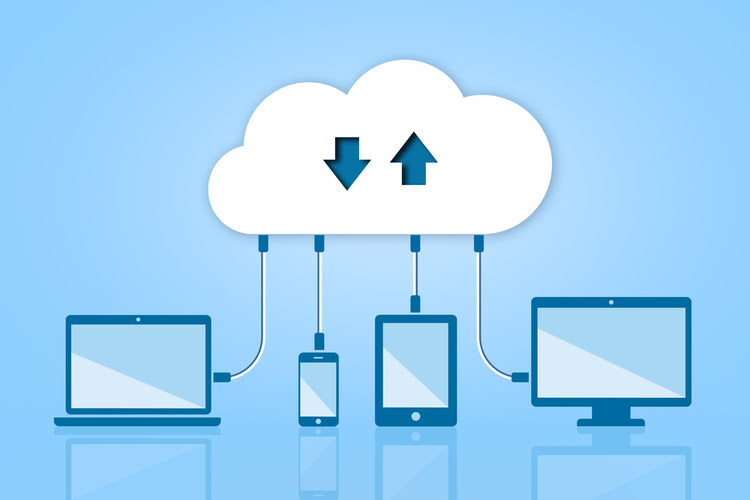ADMIN
No description.Please update your profile.
Consider the time that would take to fix the bug based on its criticality and verification time of the bug. Some alignment issues on the website are not a big issue. Although it doesn’t look nice, still the user will be able to enjoy internet surfing. The website, when summoned in the latest Google Chrome version, shows that the buttons are slightly overlapping with each other. Although, they are still clickable separately, however, the visual representation is getting disturbed. High Priority, because the issue needs to be resolved as soon as possible as it is a blocker for product selling.
So, the responsible person needs to be precise and accurate on its call for assigning defect. Most systems use priority as the main criteria to assess the defect. However, a good triage process considers the severity as well. Priority of defects is decided in consultation with the manager/client while Severity levels of the defects are determined by the QA engineer. Priority is the order in which the developer should resolve a defect whereas Severity is the degree of impact that a defect has on the operation of the product.
Severity is assigned by tester according to the seriousness of the bug. Is largely related to business or marketing considerations in that it is indicatory of the importance of the bug especially in terms of stakeholders. Priority relates to how fast the bug or issue has to be fixed. There are some buttons on the website which are overlapping. The action buttons are not visually appealing or the information on the page appears hazy.

A minor issue that imposes some loss of functionality, but for which there is an acceptable & easily reproducible workaround. Testing can proceed without interruption but it affects customers reputation. An issue which won’t affects customers business but it has a big impact in terms of functionality. Issues which can be released in the next build comes under medium priority. Such issues can be resolved along with other development activities. Most of the times the priority status is set based on the customer requirement.
The second is that a strong incident management practice is vital to a healthy business . Think from an end-user’s perspective and check how the defect would affect the user’s experience. Priority of any defect is decided based on its business value. A business value may be client’s brand name and reputation, process standards or importance of functionality. Priority can be defined as how fast or how early the defect should be addressed.
As an example consider a defect about the logo not getting clearly displayed. This bug is not critical from a technical point of view. Still, it would carry high priority as compared to some defects about words overlapping on non-critical pages like “about us” or “contact us” pages. If your organization can’t quickly assign the right severity level to an incident, you won’t reap the advantages of having a system in place.
Although it is recommended to provide both Severity and Priority when submitting a defect report, many companies will use just one, normally priority. If the application is crashing on passing very large input for processing . We can divide priority into 3 levels – High, Medium, and Low. MAJOR – These bugs too do not collapse the whole system. MINOR – These bugs do affect the system in a certain manner. The system might behave in an undesirable manner but does not stop the functioning of the system.

Its value for a specific backlog item can be changed based on the current development phase. A lot of bugs that might be reported are actually feature requests and not bugs. This is a list of unresolved defects that you can keep track of. It is the team who should decide the Severity and Priority for each bug.
It resolves the defects in a proper sequence based on the priority i.e. Testers can find the number of bugs, their nature, and how often they occur by testing in real user conditions. Then, they can accurately assign bug severity and priority in testing. This, in turn, helps to run debugging activities in the correct order so that the software can provide the best possible service to its users at any given time. The level of priority and severity are responsible for the scheduling of the resolution of a bug or an enhancement suggestion.

This is a high severity fault but low priority because this fault can be fixed in the coming or next release. He is skilled in test automation, performance testing, big data, and CI-CD. https://www.globalcloudteam.com/ He brings his decade of experience to his current role where he is dedicated to educating the QA professionals. Usually, it is the test engineer who determines the severity.
The assumption from the above piece is that there are 5 Severity values and 3 Priority values. However, the definition of the values are customisable to the client’s requirement. 4 Severity values for example, appear to be common across businesses. You can address a P4 incident during regular maintenance.

Try it out and don’t be afraid to change your scheme if you need to. With a SEV 1 outage, you can take all measures, including restarting production processes. Access real devices for mobile app testing and automated app testing.
Consider your business’s critical systems and services and assign them a higher priority. Clearly define the criteria for each level, including impact, urgency, and complexity. You should also consider what is severity what priority defects may conflict with severity levels. For example, a less severe incident that affects a major customer may warrant a higher-severity incident that impacts more minor customers.
No description.Please update your profile.
LEAVE A REPLY